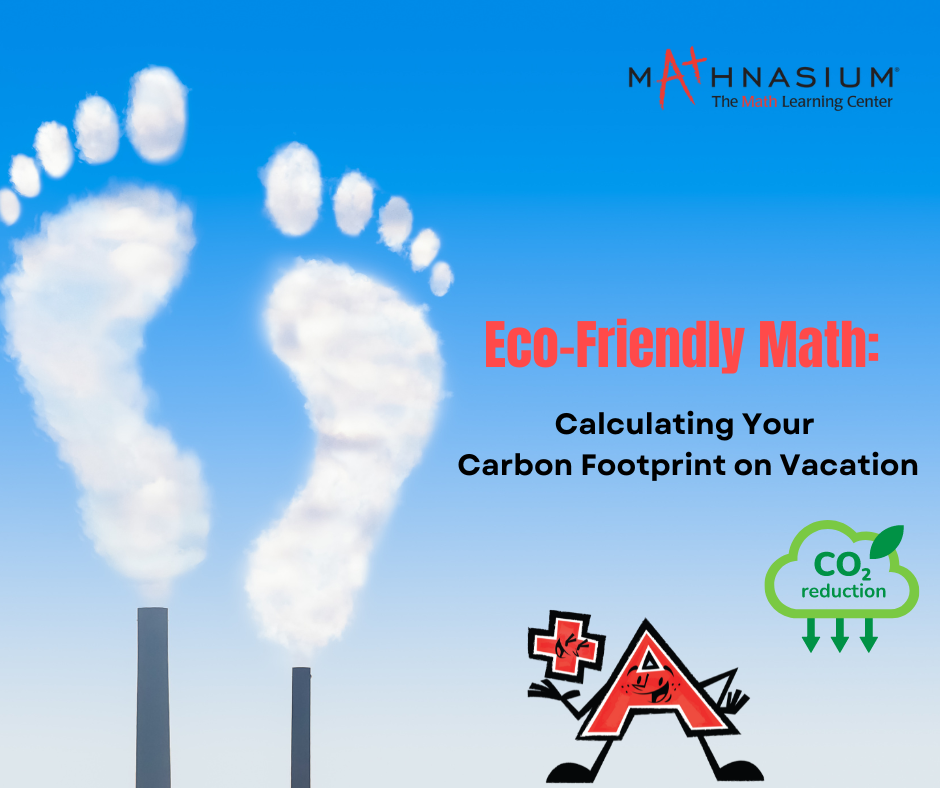In an age where environmental consciousness is increasingly essential, travelers are looking for ways to reduce their impact on the planet. One effective method is by calculating and managing your carbon footprint during vacations. Understanding the environmental cost of your travel choices can lead to more sustainable practices and mindful travel. Here’s how to make your vacation greener using some eco-friendly math.
Understanding Carbon Footprint
A carbon footprint is the total amount of greenhouse gases (GHGs), primarily carbon dioxide (CO2), emitted directly or indirectly by human activities. This includes transportation, accommodation, and activities during your vacation. By calculating your carbon footprint, you can identify high-impact areas and make informed decisions to minimize your environmental impact.
Calculating Your Travel Emissions
Transportation often constitutes the largest portion of a vacation's carbon footprint. Different modes of transport have varying levels of emissions:
Air Travel: Airplanes are significant contributors to GHG emissions. The carbon footprint depends on the distance traveled and the class of service. For instance, economy class seats are more eco-friendly than business or first class due to space efficiency. Online calculators like the International Civil Aviation Organization (ICAO) Carbon Emissions Calculator can estimate your flight’s CO2 emissions.
Car Travel: The type of vehicle and the distance traveled are key factors. Gasoline-powered cars emit more CO2 compared to hybrid or electric vehicles. You can calculate emissions by multiplying the distance traveled (in miles) by the car’s emissions factor (kg CO2 per mile).
Public Transport: Buses and trains generally have a lower carbon footprint per passenger mile than cars and planes. Using public transport can significantly reduce your emissions.
Accommodation and Activities
Your choice of accommodation also impacts your carbon footprint. Large hotels typically have higher energy consumption compared to eco-friendly lodges or Airbnb rentals that implement sustainable practices. Look for accommodations with green certifications like LEED or Green Key.
Activities during your vacation can also add to your carbon footprint. Opt for eco-friendly activities such as hiking, cycling, or visiting natural parks, which have lower environmental impacts compared to activities like jet skiing or motorized tours.
Practical Steps to Reduce Your Carbon Footprint
Choose Sustainable Transportation: Whenever possible, opt for trains, buses, or carpooling overflights and car rentals. If flying is necessary, consider direct flights to minimize take-off and landing emissions and choose airlines that offer carbon offset programs.
Stay Green: Select accommodations with strong sustainability practices. Use energy-efficient lighting, conserve water, and reduce waste by recycling.
Eco-Friendly Activities: Engage in low-impact activities that promote conservation and respect for nature. Support local eco-tourism operators who prioritize sustainability.
Offset Your Emissions: Many organizations offer carbon offset programs that allow you to compensate for your emissions by investing in environmental projects such as reforestation or renewable energy.
The Role of Technology
Several apps and websites help travelers calculate and manage their carbon footprints. Platforms like MyClimate and Carbon Footprint provide tools for calculating emissions and offer suggestions for offsets. Incorporating these tools into your travel planning can make eco-friendly choices more straightforward.
By applying eco-friendly math to your travel plans, you can significantly reduce your carbon footprint and contribute to the fight against climate change. Understanding and managing your emissions is not only a responsibility but also an opportunity to explore the world sustainably. Make your next vacation an eco-conscious journey, and enjoy the satisfaction of traveling while protecting the planet for future generations.



 (301) 468-6284 (Text)
(301) 468-6284 (Text)








